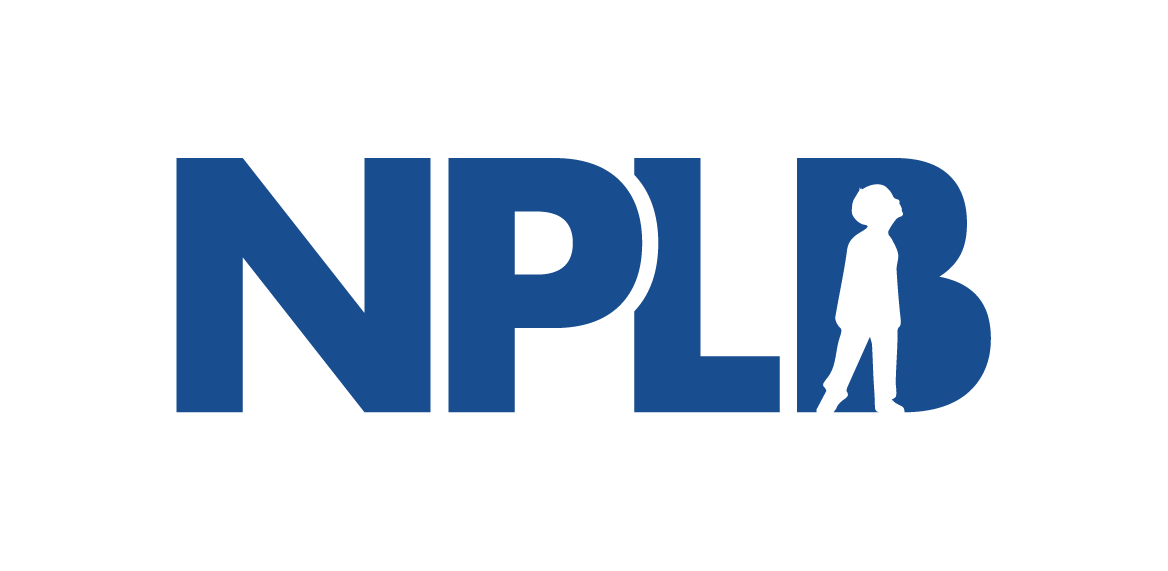New Analysis Reveals Foreign Countries’ Flawed Value Assessments Undervalue Innovative Medicines by up to 94%
Outdated Cost-Effectiveness Analysis (CEA) Methodology Abroad Can Delay Access to Life-Saving Medicines for Patients in the U.S. and Globally and Disincentivize Future Innovation
WASHINGTON, DC - April 29, 2025 - A new analysis published by No Patient Left Behind finds that foreign health technology assessment (HTA) agencies systematically undervalue innovative medicines, paying as little as 4% of their true societal worth. This underestimated valuation of health interventions threatens both patient access and future US biomedical innovation.
The analysis used Generalized Cost-Effectiveness Analysis (GCEA) methodology, developed by 12 leading health economists, to more accurately reflect a treatment's comprehensive societal benefits compared to the faulty and outdated traditional cost-effectiveness analysis (TCEA) used by many high-income foreign countries.
Traditional CEAs fail to account for real-world quantifiable benefits such as productivity impacts and caregiver burden and, as a result, consistently undervalues innovation, limiting patient access and undercutting incentives for investment in the next generation of cures.
The report found that Canadian and German HTA agencies, which assess the value of both innovative medicines and technologies, recommended prices for medications that were 90% and 94%, respectively, less than their full societal value.
"High-income foreign governments are using flawed, outdated assessment methods to arbitrarily set the prices of new medicines, creating the false impression that the U.S. market-based system is broken," said Peter Rubin, Executive Director of No Patient Left Behind. "The reality is quite different. These countries are freeriding on American innovation while often delaying or denying their own citizens access to breakthrough treatments."
NPLB partnered with EntityRisk to examine ten treatments with significant budget impacts in the U.S., all initially developed and approved domestically where the market-based pricing system played a crucial role in incentivizing their research and development. “Conventional CEAs do not account for real-world market dynamics or fully reflect the value of the treatments to patients such as that drugs go generic, that patient population sizes change over time, the disease severity of a condition, or the productivity improvement generated as a result of the innovation,” said Neal Masia, a cofounder of the firm.
HTA entities acknowledge the limitations of TCEA, but have no concrete timeline to fix it. The underestimated valuation of innovative medicines has real consequences for patients worldwide. While 85% of new medicines launched globally between 2012 and 2021 were available in the U.S., only 61% reached Germany, 59% reached the UK, and 52% reached France. In addition, access delays in European countries range from 100 days in Germany to 800 days in Poland.
In addition to their new analysis, No Patient Left Behind recently published a video with leading biotechnology innovators and investors outlining why it's critical for other countries to pay their fair share for novel medicines to support biomedical innovation and help patients.
About No Patient Left BehindNo Patient Left Behind (NPLB) is a coalition of biotechnology innovators, investors, healthcare professionals, and patient advocates working to ensure that patients have access to the medicines they need today and in the future. Through rigorous, independent research and data analysis, NPLB promotes biotech affordability and innovation, advancing common-sense solutions that enable every patient to afford the drugs prescribed by their doctor at low or no out-of-pocket cost — while also preserving the incentives for investment that spur the development of new, life-saving treatments. In tandem with its research efforts, NPLB educates leaders and stakeholders across the biotech ecosystem about thoughtful and balanced policy solutions. Learn more about NPLB’s latest initiatives at www.nopatientleftbehind.org.
